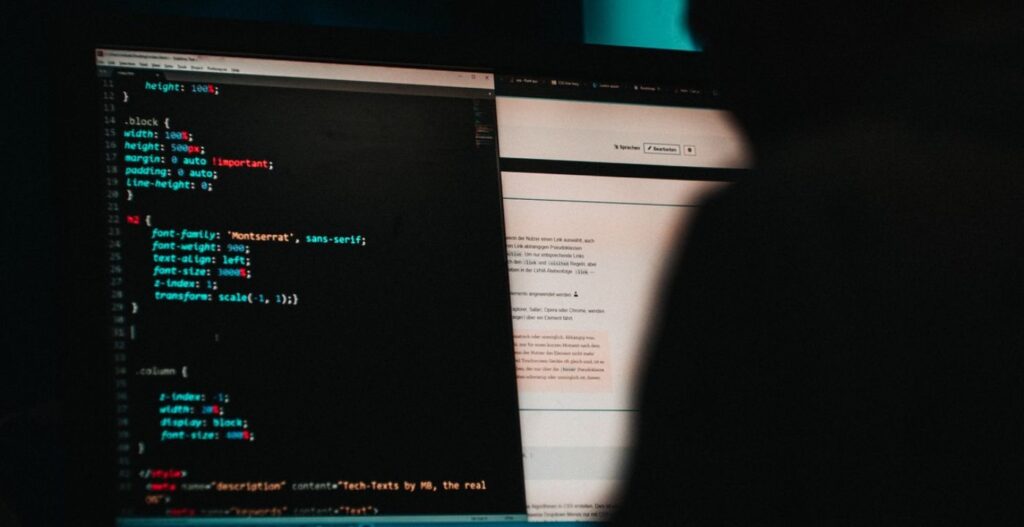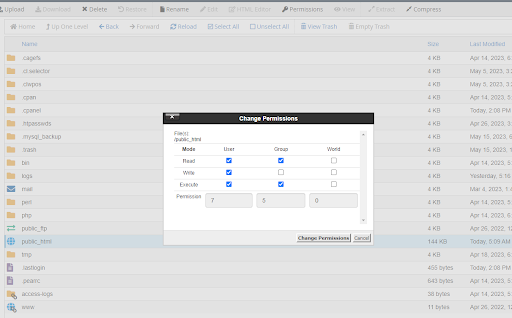
Table of Contents
Key Notes
- Remove Malware Attacks: Inspect and compare WordPress files, check for hidden functions, and report suspicious files to your webmaster.
- Renew WordPress Files: Delete old files, upload new files from wordpress.org, restore important files, renew themes and plugins, and preserve media files.
- Optimize Security Measures: Update plugins, use Recaptcha, enable firewall protection, change the login route, limit login attempts, enable SSL, take regular backups, secure file manager permissions, and monitor theme and plugin updates.
- Impenetrable Custom Solutions: Implement IP restriction, OTP verification, and server log monitoring.
- Penetration Testing: Use Kali Linux and its automated testing tools, perform manual penetration testing, conduct brute force tests, and use DirBuster or DirSearch to find hidden files.
- Let the pros sort it – you relax: Let the experts at Digital Rainmaker handle all the technical aspects of website security.

Removing Malware Attacks
One of the first steps in tackling a hack is to remove any malware that may have infiltrated your site. This involves meticulously checking your WordPress files and deleting any that do not resemble the default WordPress architecture. Here’s a brief rundown:
- Inspecting Files: You will want to look for files with the ‘.mo’ extension – these can often be indicators of a hack.
- Comparing Files: Next, compare your WordPress files with a website that hasn’t been hacked. This can help identify any suspicious files.
- Checking for Hidden Functions: Ensure no third-party function is hiding inside your WordPress files. This includes checking for the presence of an ‘eval’ function, which tries to rewrite your code.
- Reporting Suspicious Files: If you come across a file named ‘wp-system.php’, report it to your webmaster immediately.
Remember, the key here is to proceed with caution. Deleting the wrong files can break your website, turning a minor problem into a major disaster.
Renewing WordPress Files
Renewing your WordPress files is another crucial step. Here’s how:
- Deleting Old Files: Begin by removing older files. Be careful not to delete any essential files as this could break your website.
- Uploading New Files: Next, upload new files from wordpress.org.
- Restoring Important Files: Ensure your wp-config file and your HTAccess code remain the same as before.
- Renewing Themes and Plugins: Also renew your theme and plugin code.
- Preserving Media Files: Do not delete the Wp-Content > Uploads folder; doing so would result in losing all your media files permanently.
Optimizing Security Measures
After cleansing your website from potential threats, it’s time to fortify it against future attacks. Here are some measures you can take:
- Update Plugins: Always use the latest versions of plugins.
- Use Recaptcha: Implement Google’s Recaptcha API on login, forms, and commenting sections.
- Enable Firewall Protection: Check with your hosting provider to see if they offer firewall protection against viruses, and enable it if available.
- Change the Login Route: Change the common login route (www.domain.com/wp-admin) to something unique and known only to authorized users. This can be done through a plugin like ‘Hide WP-Login’ or through HTAccess.
- Limit Login Attempts: A plugin called ‘Limit Login Attempts’ can help prevent brute force attacks.
- Enable SSL: Use Cloudflare or enable SSL for free from your hosting provider.
- Regular Backups: Take regular backups of your site to prevent loss of data.
- Secure File Manager Permissions: Set the file manager permissions to ‘750’ from your hosting control panel.

9. Monitor Theme and Plugin Updates: Stay updated to maintain security.
Custom Solutions by Digital Rainmaker
At Digital Rainmaker, we’ve developed and tested custom solutions that yield satisfactory results:
- IP Restriction: We’ve designed a custom system that requires administrators to whitelist certain IP addresses, restricting access to the login route.
- OTP Verification: We have also implemented a One-Time Password (OTP) verification system. This involves integrating a mailing server that sends an OTP to authorized users attempting to log in.
- Server Log Monitoring: Keep an eye out for suspicious IP addresses or emails that are trying to log in. Monitoring server logs regularly can help identify potential threats early on.

Penetration Testing
Penetration testing is an excellent way to check the security of your website. This proactive approach involves simulating cyber attacks to identify vulnerabilities before they’re exploited by hackers. However, it’s critical to note that such testing should only be carried out with permission from the webmaster/site owner. Unauthorized penetration testing is illegal and can result in severe penalties, including jail time.
Here are some penetration testing techniques you can use:
- Kali Linux: This is an essential tool for penetration testing. You can install it directly or set it up inside a VMWare.
- Automated Testing Tools: Kali Linux comes with automated tools for penetration testing such as WpScan, Nikto, and OpenVAS.
- Manual Penetration Testing: This involves analyzing server behavior or user input. Look for vulnerabilities like SQL Injection, XSS, or Direct Object References.
- Brute Force Test: Test important input fields for brute force vulnerability. The server should limit the attempts after a certain number of wrong inputs.
- Hidden Files Detection: Use DirBuster or DirSearch to find hidden files that may be used by hackers.
Let Digital Rainmaker Take Care of It
While all of these steps are crucial in maintaining the security of your WordPress website, we understand that they can be overwhelming, especially if you’re not tech-savvy. That’s where we come in. At Digital Rainmaker, we specialize in ensuring the security of your WordPress site, saving you the hassle of doing it yourself.
Ensuring the security of your website is a continuous process and not a one-time task. By staying proactive and vigilant, you can significantly reduce the risk of your website being hacked. And remember, whether it’s for preventing a hack or removing one, Digital Rainmaker is always here to help.





